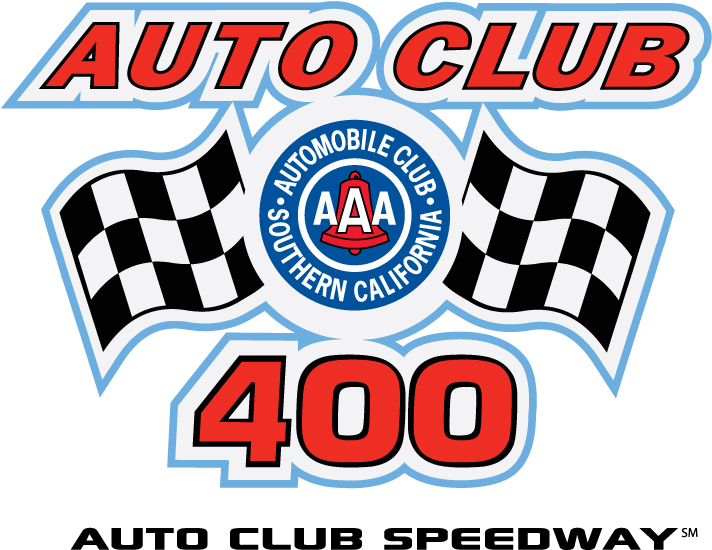For the last few years, attendance at The Brickyard for NASCAR events has dwindled and the sanctioning body is looking for any measure to rectify the racing. Their solution, slap restrictor plates on the cars.
Last week, Michael Knight of The Arizona Republic reported on Twitter that NASCAR would run restrictor plates in the XFINITY Series race at the Indianapolis Motor Speedway. On Monday, Nate Ryan of NBC Sports confirmed Knight’s story after speaking to an unnamed NASCAR official. Yesterday, NASCAR officially announced that it was, in fact, running restrictor plates in the XFINITY Series race at The Brickyard.
The XFINITY cars will run a 7/8 inch plate, the same sized plate run at Daytona International Speedway and Talladega Superspeedway, a taller rear spoiler and splitter and aeroducts on the lower front bumper area.
The aero ducts give the trailing car more of an advantage so that they don’t hit a “wall of air” when attempting to pass the leading car.
It’s the restrictor plates that’s raised most eyebrows, given that NASCAR tried them before at New Hampshire Motor Speedway in September of 2000. Jeff Burton led all 300 laps on his way to victory that day, the third and, to date, the last time a driver has led every lap of a Monster Energy NASCAR Cup Series race.
The incorporation of plates won’t lead to the big packs that we see at Daytona and Talladega — according to Gene Stefanyshyn, NASCAR senior vice president of innovation and racing development, but you’ll most likely see groups of five or six cars “and in each of those groupings, we’re hoping to see passing on the straightaways.”
Dale Earnhardt Jr., while not sure if restrictor plates at The Brickyard will work, said on Friday at Auto Club Speedway, that he’s open to it.
“That race is really suffering as far as the show and how entertaining I think it is to watch,” Earnhardt said. “I don’t really know what the answer is to make it more exciting, but I think this is a great opportunity to find out if this is the direction to go. I am all for it. And I like the idea of trying it in the Xfinity Series or the Truck Series or what have you whatever track it is at to try it in that feeder series. That is an opportunity to see if we can get it right without ruining anything for the Cup guys. Hopefully, I think NASCAR watches the Indy 500 and they see those guys drafting and passing and they are competitive. They have to try to put on that type of show if not better at that race track. It is not good in conversation to have the IndyCar race be more exciting to watch than the NASCAR race there. That is just business. I think it’s great for them to be aggressive. We tried something last year in the Cup cars with the big spoilers and all that drag, didn’t work, but I’m good with it.”
He also touched on how it’s in the best interest of NASCAR to make Indianapolis work for the XFINITY Series, from his perspective as co-owner of JR Motorsports in the XFINITY Series, rather than take it back to Lucas Oil Raceway Park across town.
“I really think it’s easy to say ‘hey man let’s go back to IRP (Indianapolis Raceway Park, now Lucas Oil Raceway Park) for the Xfinity guys,” he added. “But how do you fix the Cup race? You want to fix the Cup race too. You want to try to improve Cup racing there if you can. We would love to keep the Xfinity Series at Indy if we can. If we can make that exciting that is where they belong. It’s great for our company. It’s great for us as owners to have that big marquee event and it’s a race that is easier to sell than maybe a Road America or something like that for sponsors. It’s a big deal. We want to be there. I would love to race at IRP. I would love to see a race at IRP, but it’s good for owners to be at Indy. If we can make that work that’s great. I’m open to trying anything.”
His Hendrick Motorsports teammate Jimmie Johnson isn’t convinced it’s the best idea. Saying on Friday at Auto Club Speedway when he heard the news of plates being used at Indianapolis for the first time that he doesn’t “see really any upside to it.”
“We are out of the gas so long there and brake for two of the four corners. I don’t see how it’s going to help,” Johnson said. “I guess it would put a bit more of an emphasis on the draft down the straight, but the corners are so challenging. I am not confident we will create the competitive passes that I assume they are looking for. You need multiple lanes to create passes and that track just doesn’t provide that. So, I think taking horsepower away you know if you are held up in the turn the less power the less of an opportunity to run up on somebody and to make the pass on one of those long straightaways. I would fear that it would go the other direction.”






